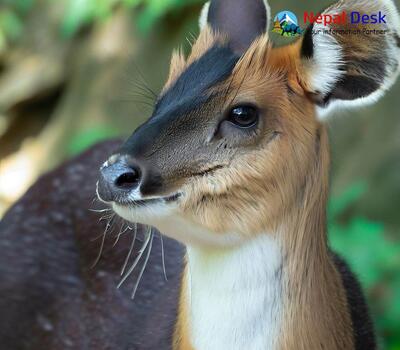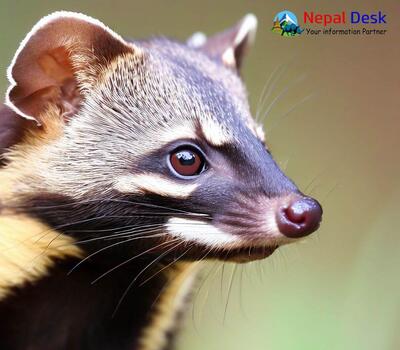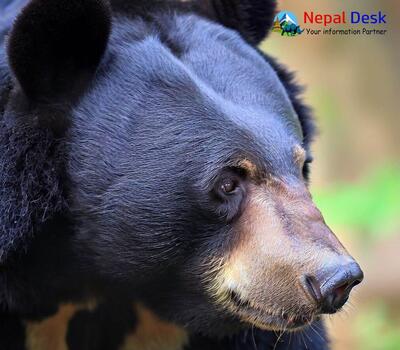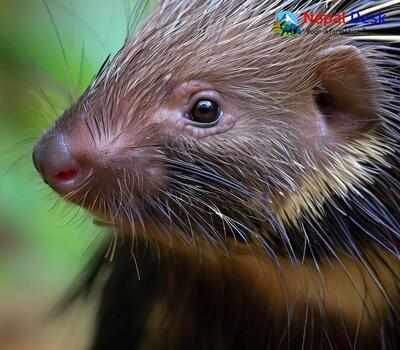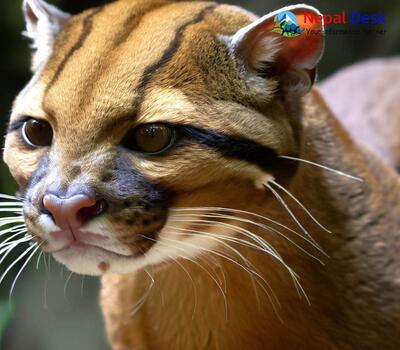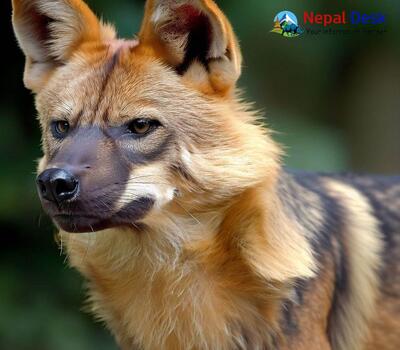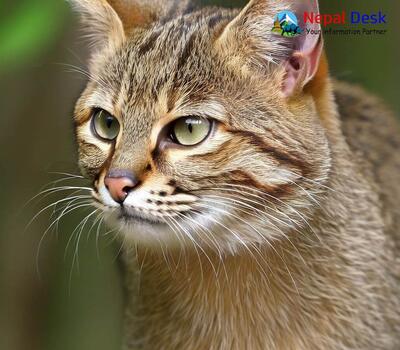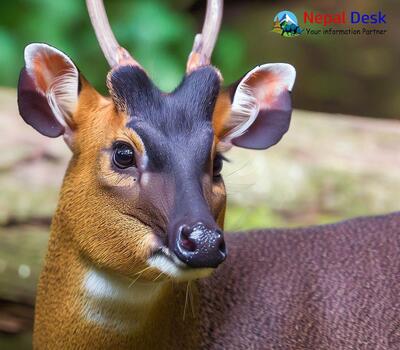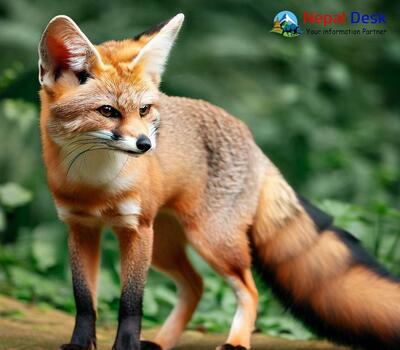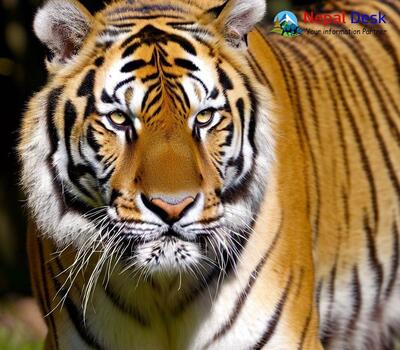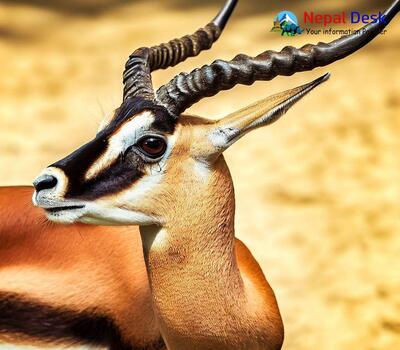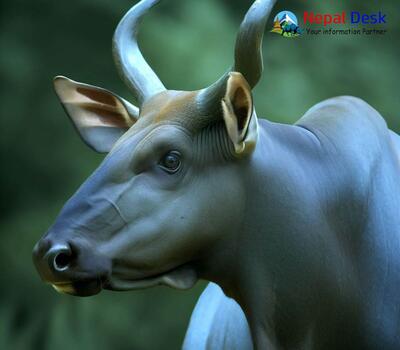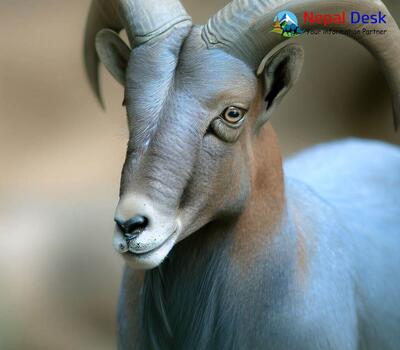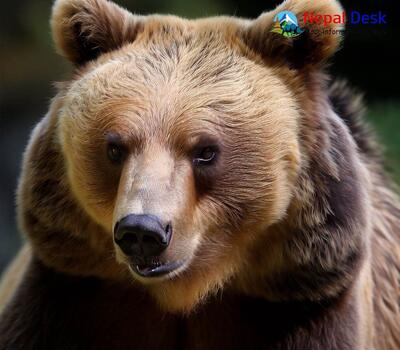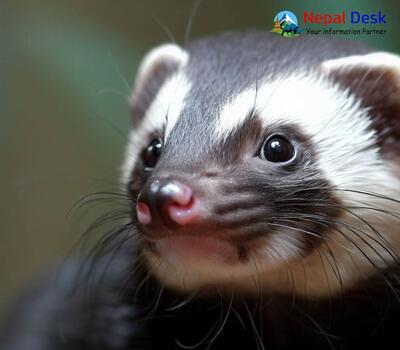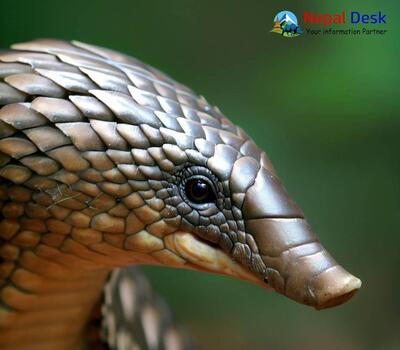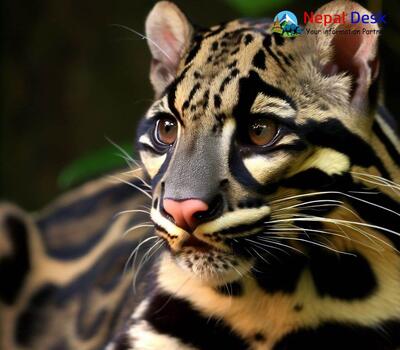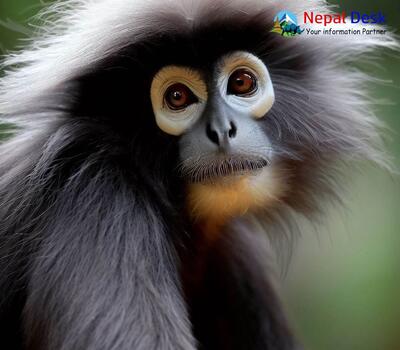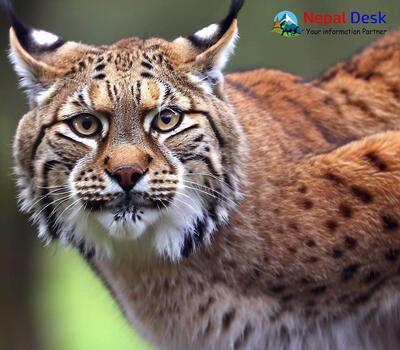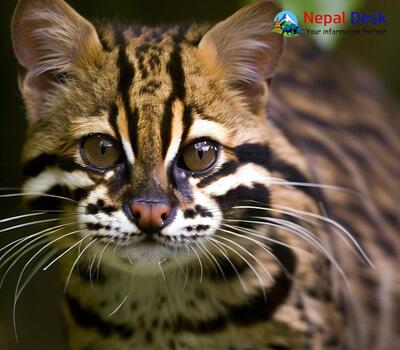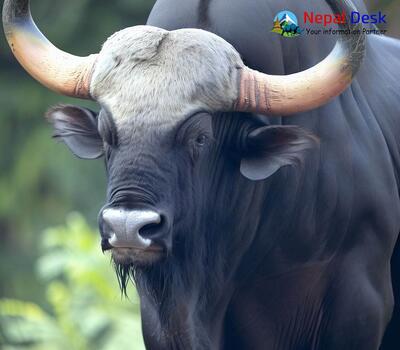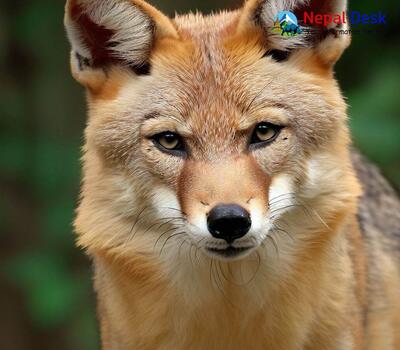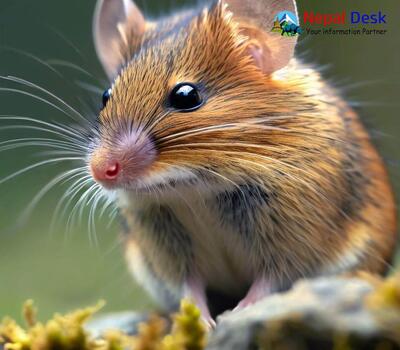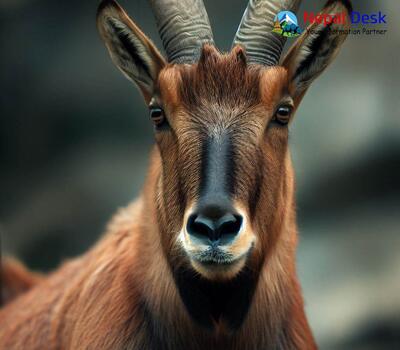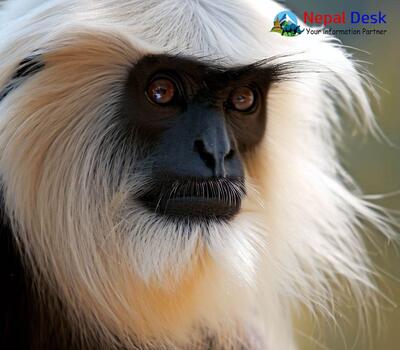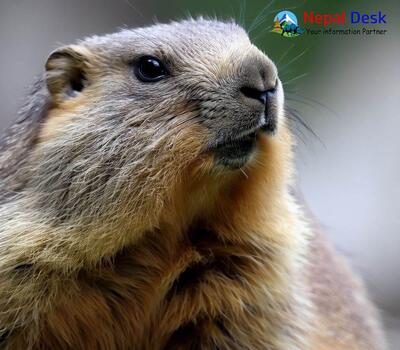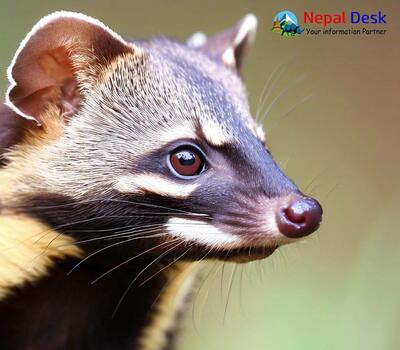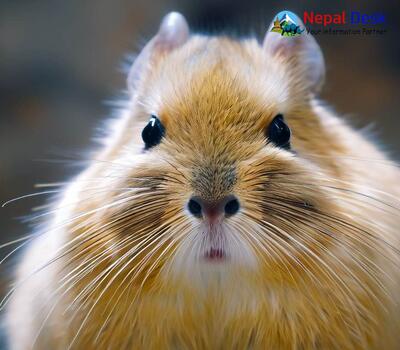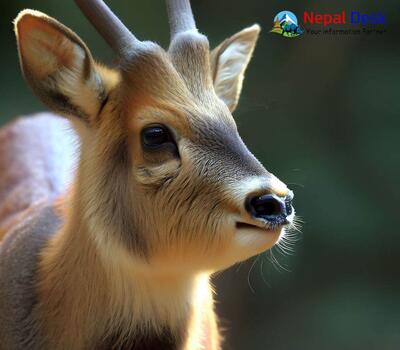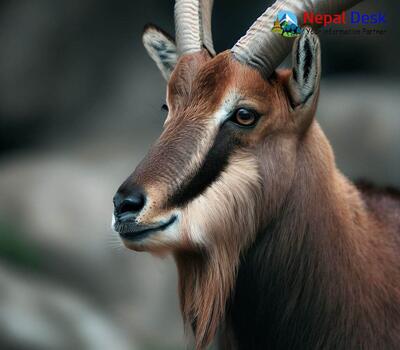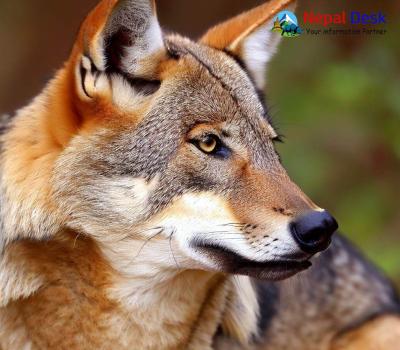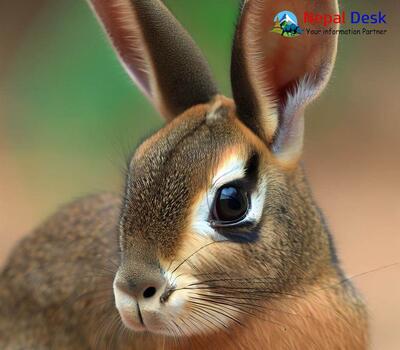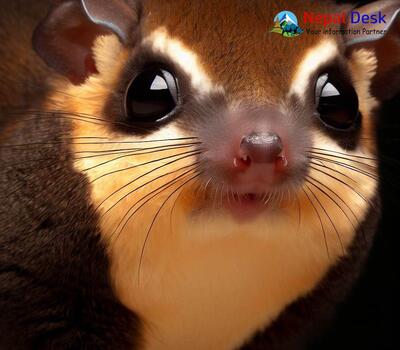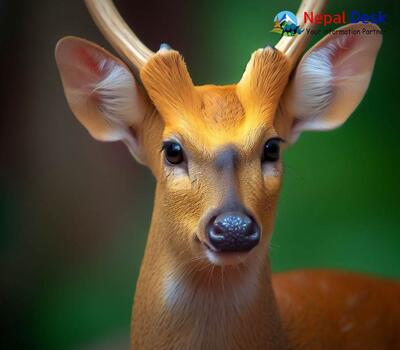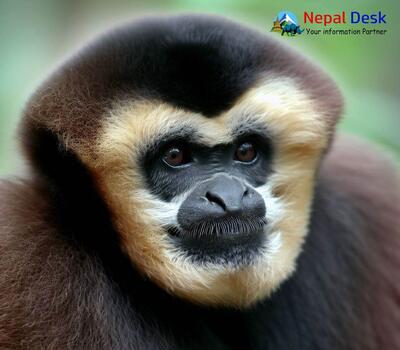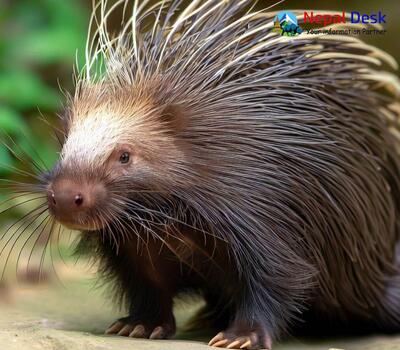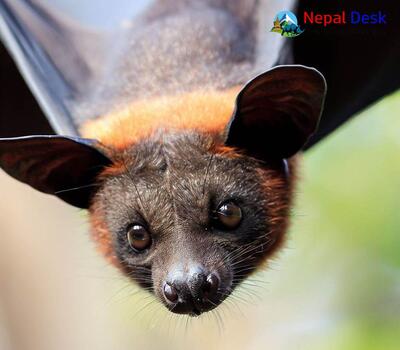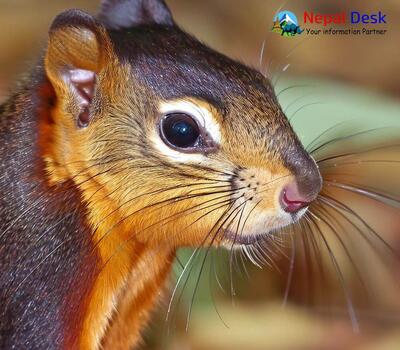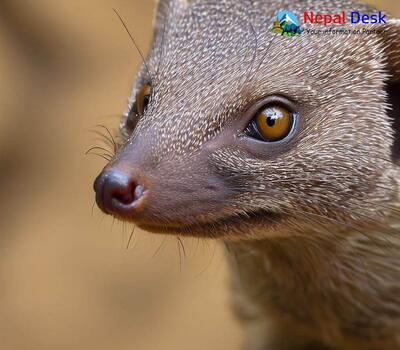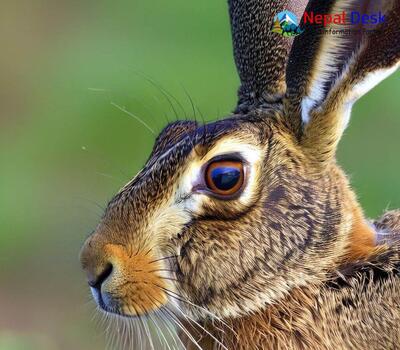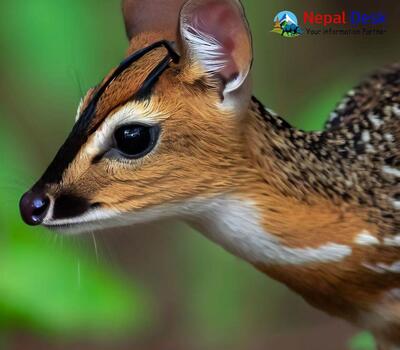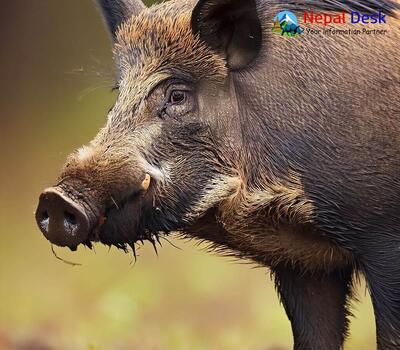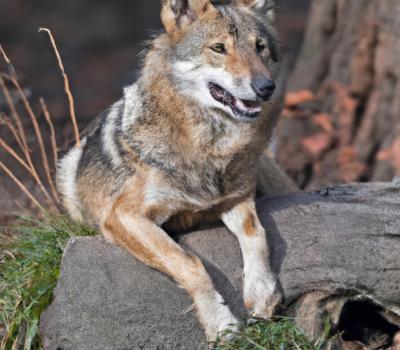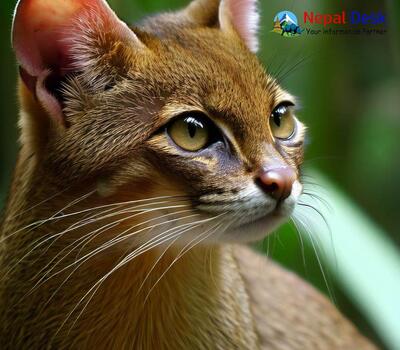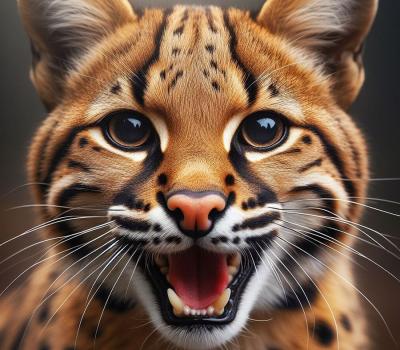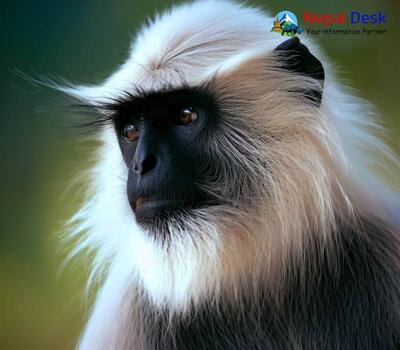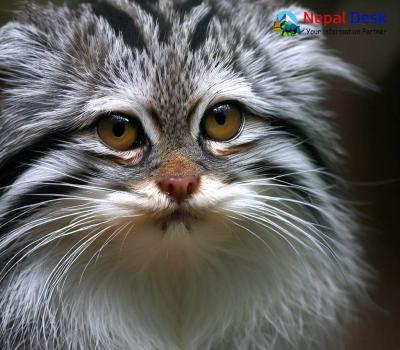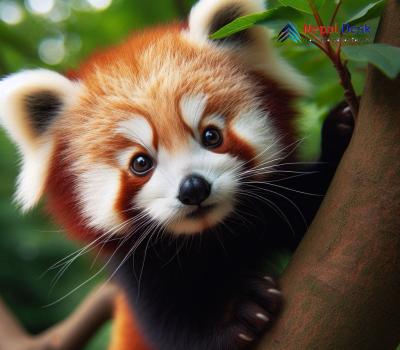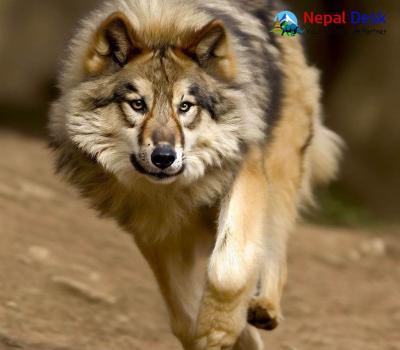Wildlife in Nepal
This deer species is known for its musk gland, which is highly valued in traditional medicine and perfume making.
Can spray a strong-smelling musk to defend themselves.
These bears are skilled climbers and often build nests in trees to rest or escape predators.
Unlike most porcupines, which are herbivores, these porcupines will occasionally eat insects and small animals.
These cats are known for their striking fur patterns, which can range from solid brown to black with white spots.
Also known as the dhole, these wild dogs have a unique vocalization system that allows them to communicate over long distances.
These cats are expert hunters and can catch prey that is larger than themselves.
Their antlers are small and straight, and they shed them annually.
These foxes have large ears that help them hunt at night by picking up the sounds of prey moving in the grass.
These big cats are excellent swimmers and are known to enjoy bathing in streams and ponds.
The males of this antelope species have striking spiral horns that can grow up to 28 inches long.
Also known as the nilgai, these antelopes are the largest in Asia and have a unique blue-gray coloration.
These wild sheep are found in the high mountains of Central Asia and are expert climbers, able to navigate steep slopes with ease.
An omnivore that eats a variety of foods, including berries, nuts, fish, and small mammals.
These small, carnivorous mammals are known for their musky odor, which is produced by glands in their skin.
The most trafficked mammal, due to the high demand for their meat and scales in traditional medicine.
These big cats are known for their beautiful, cloud-like fur patterns and are skilled climbers, able to climb down trees headfirst.
These monkeys have distinctive black and white markings around their eyes, giving them a "masked" appearance.
These medium-sized cats are expert hunters and can catch prey that is much larger than themselves, including deer and wild boar.
These cats are excellent swimmers and are known to catch fish by diving into water from the banks.
One of the largest species of wild cattle in the world.
Known for its ability to adapt to various environments and is found across a wide range of habitats.
A small, nocturnal rodent found in the Himalayan region, and has a thick, soft coat of fur.
A small, agile mountain goat with backward-curved horns.
Has a striking black and white coat with a distinctive crest of hair on its head.
Lives in burrows on steep mountain slopes and hibernates for up to 8 months of the year.
Has a gland near its tail that secretes a musky odor to mark its territory.
Small, rabbit-like mammals live in rocky areas and communicate using a series of distinct vocal calls.
Has a unique, shaggy coat and large, backward-curving horns.
A large, sure-footed mountain goat with a thick, woolly coat.
A small, fierce predator with a long, slender body and short legs.
A high-altitude predator, primarily hunting wild ungulates and small mammals.
Has a unique, spiky fur that helps it blend in with its surroundings.
One of the largest species of flying squirrel, with a distinctive flap of skin that allows it to glide through the air.
Has distinctive, curved antlers and is known for its strong swimming abilities.
Has a unique, haunting call that echoes through the forests where it lives.
Has sharp quills that it can raise and lower at will to defend itself.
Has a wingspan of up to 1.5 meters and feeds on fruit and nectar from trees.
Can jump up to 20 feet between trees.
Known for their ability to hunt and kill venomous snakes.
Their ears can grow up to 15 cm long.
One of the smallest hoofed mammals in the world.
Has sharp tusks that are used for defense and foraging.
Lives in packs and can run up to 45 mph.
Known for their excellent hunting skills and agility.
A small, wild feline with distinctive spotted fur, often found in the forests of Southeast Asia.
Known for its long, silky fur and distinctive black face.
Boasts a dense, plush coat and rounded ears, adaptations for its harsh, high-altitude habitat.
A bamboo eater that also enjoys fruit, insects, and bird eggs.
A predator adapted to cold climates, primarily hunting small and medium mammals.

